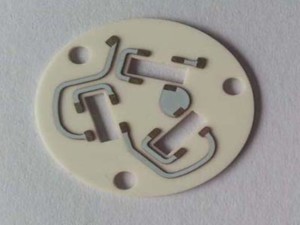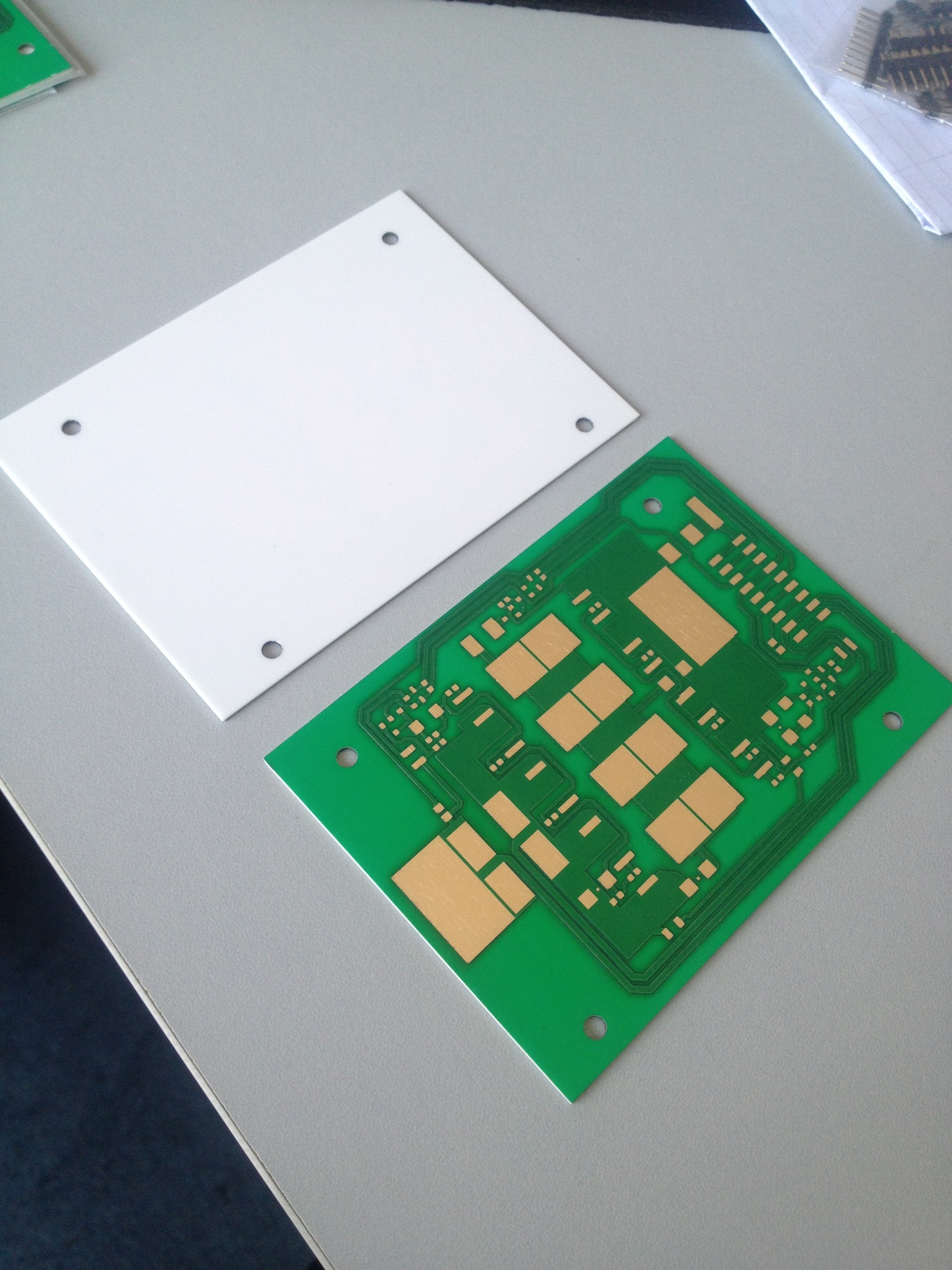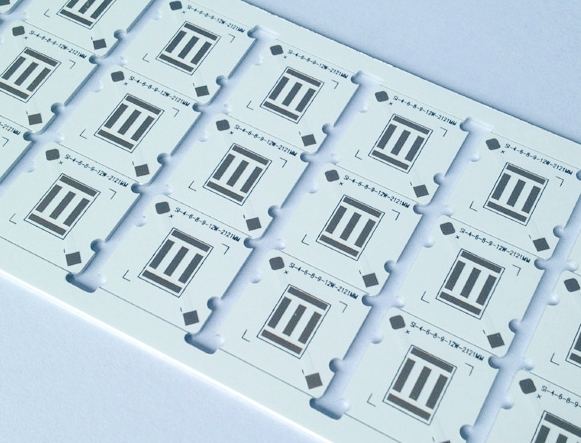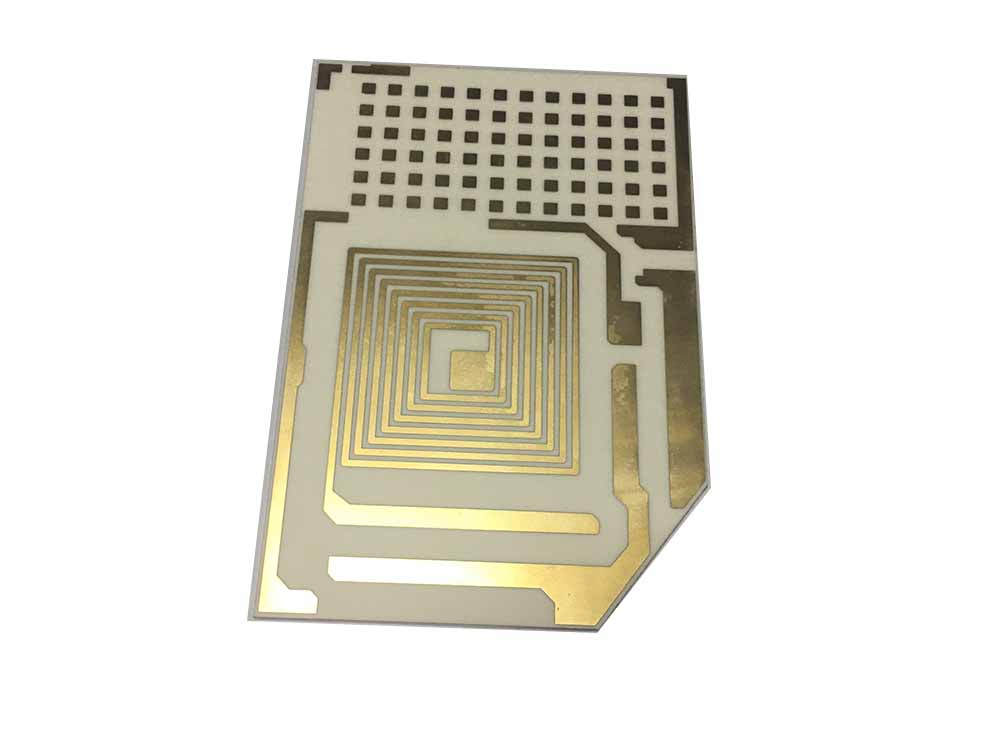Ceramic PCB Manufacturer

Ceramic PCB

2 layers Ceramic PCB
Description
What is Ceramic PCB?
Ceramic PCB is a kind of heat conducting ceramic powder and organic binder, and the heat conduction organic ceramic PCB is prepared at a thermal conductivity of 9-20W/m. In other words, ceramic PCB is a printed circuit board with ceramic base material, which is highly thermally conductive materials such as alumina, aluminum nitride, as well as beryllium oxide, which can make a quick effect on transferring heat away from hot spots and dissipating it over the whole surface. What’s more, ceramic PCB is fabricated with LAM technology, which is a laser rapid activation metallization technology. So ceramic PCB is highly versatile that can take place of the entire traditional printed circuit board with a less complicated construction with enhanced performance.

How to manufacture ceramic PCB?
First of all, It can use the silver or gold conductive pastes for placing trace connections in each layer in ceramic PCB fabrication process. In general, the metal elements or substrate are placed in each layer with a layer by layer screen printing process. In addition, it also can mechanically punch the vias in an unburned layer, or drill the microvias with a laser.

Secondly after printing and stacking the ceramic layers, it will bake the whole stack in an oven. In general, what the firing temperature needs for baking the ceramic PCB is below 1000 °C, which matches the sintering temperature of gold or silver pastes material. So the low temperature bake process is what allows the gold or silver in ceramic PCB.

However hot pressing/baking and sintering process for multilayer PCB makes it easy to integrate passive components immediately into the internal layers of a ceramic PCB. It is impossible in a board fabricated with FR-4 material, so the PCB designer can increase component and connection density on internal layers.

Development Background of Ceramic PCB
With the development of electronic technology, the highly integrated circuit board has become an inevitable trend. The highly integrated package module requires a good heat dissipation system, while the disadvantage of the traditional FR-4 and CEM-3 is in TC (thermal conductivity), which restricts electronic technology development. In recent years, the LED industry’s rapid development has also put forward higher requirements for the TC indicators of its load-bearing circuit boards. In high-power LED lighting, circuit substrates are often prepared from materials with good heat dissipation properties such as metals and ceramics. The thermal conductivity of high thermal conductivity aluminum substrates is generally 1-4W/M. K and the thermal conductivity of ceramic substrates depend on the method of preparation. Different from the material formula, it can reach about 220W/M. K.

About Andwin Circuits
Andwin Circuits as a industry leading of PCB manufacturer since 2003.
Specializing in Ceramic PCB, multilayer PCB, Rigid flex PCB, HDI PCB, controlled impedance PCB and Radio Frequency circuit, from quick turn prototype to mass products.
